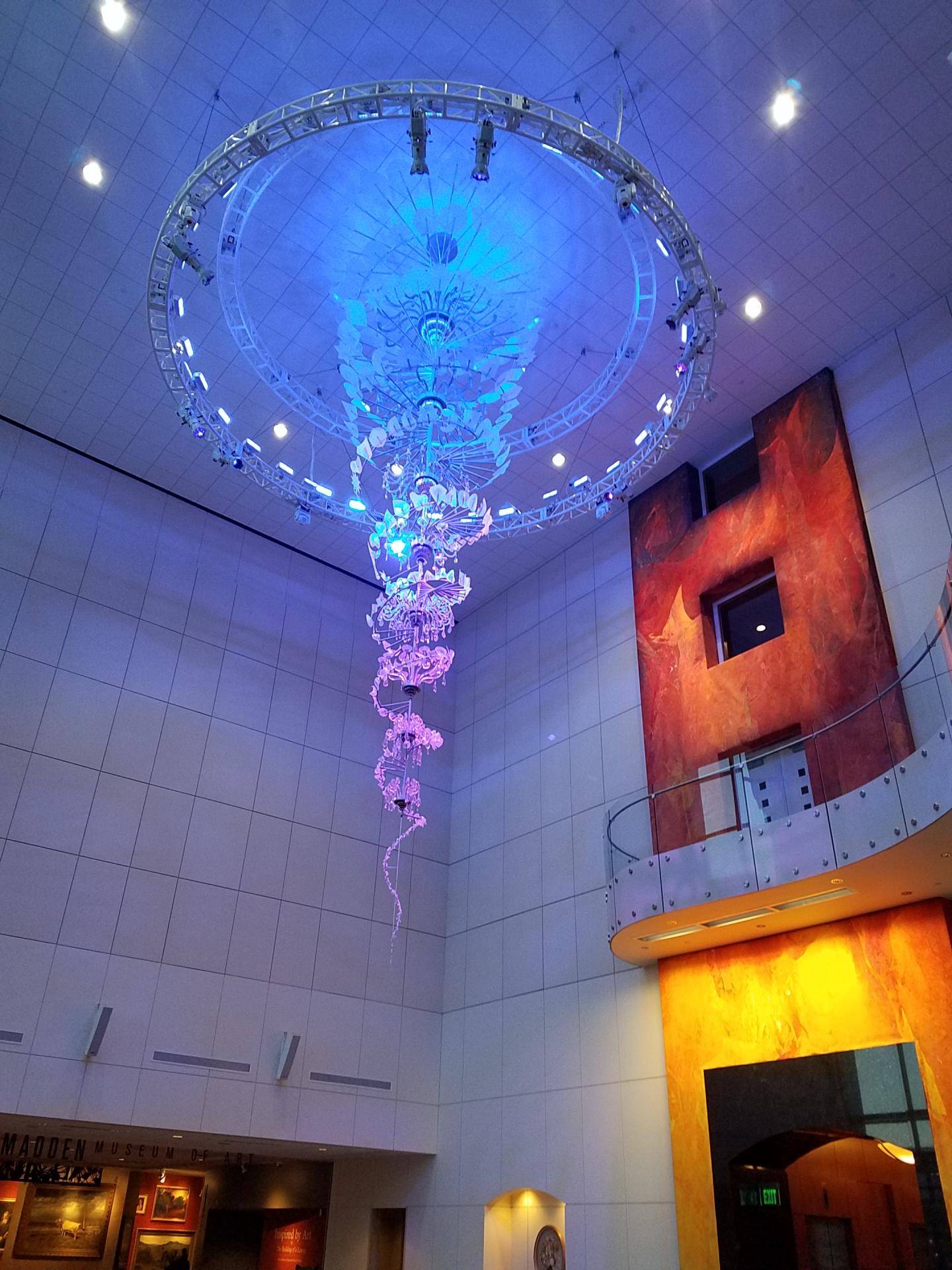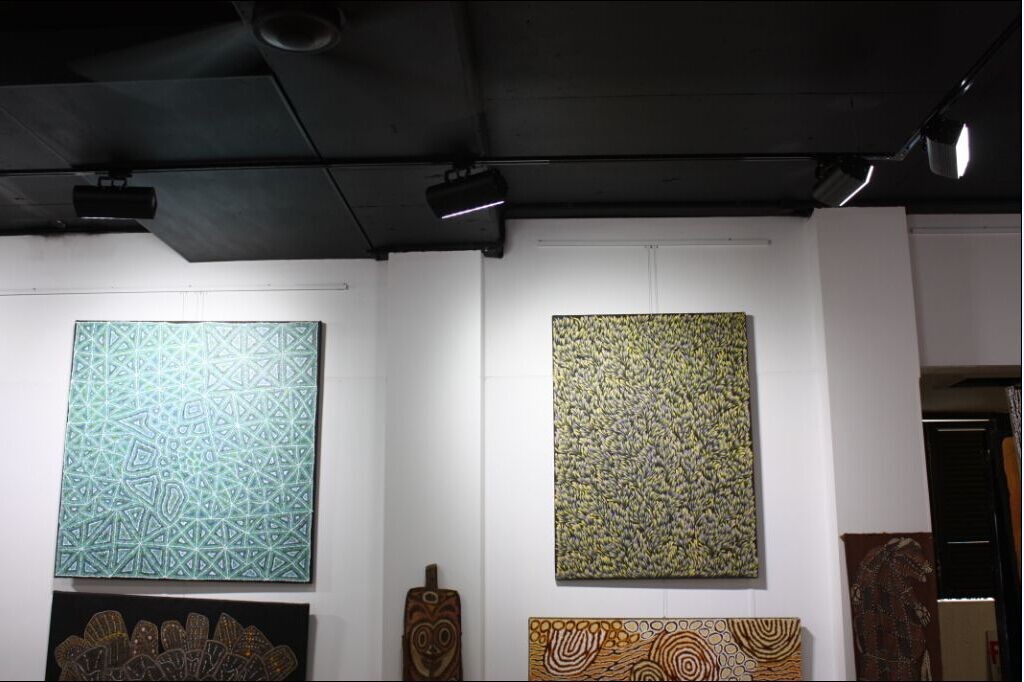Led Control Method

In an era where flexibility and convenience are paramount, lighting systems are evolving to meet the diverse needs of users. New innovations in lighting control technology now offer a range of options for managing lamps and luminaires, including DMX control, Wireless control, and App control.
When it comes to controlling lighting systems, particularly in professional environments like live events, and outdoor architectural installations, choosing the right Lighting Control is crucial. Three of the most widely used models in the industry today are DMX control ,Wireless control and App control. All of these models are designed to transmit DMX data over IP networks, but they have distinct characteristics that make them suitable for different applications. This blog post will explore their advantages and disadvantages, and the scenarios in which each might be the better choice.
1. DMX Control
Best for: Professional setups (e.g., stage lighting, large installations, events)
Advantages:
- Industry Standard: DMX (Digital Multiplex) is the go-to standard for professional lighting control, especially in entertainment and stage production.
- Precise and Reliable: DMX provides real-time, high-quality control over multiple lighting fixtures, offering detailed adjustments for brightness, color, and effects.
- Scalability: DMX is great for large lighting setups, as it can control numerous devices over long distances using daisy-chaining.
Disadvantages:
- Wired Setup: Requires physical cables, which can be cumbersome in complex or temporary setups.
- Complexity: It can be more difficult to set up and manage, especially for users who are not familiar with the DMX protocol.
When to choose DMX:
- When you need high precision and reliability.
- For large-scale or permanent lighting setups (e.g., theaters, clubs, concerts).
- If you're already familiar with DMX or need compatibility with other professional equipment.

2. Wireless Control
Best for: Flexible, temporary, or mobile setups
Advantages:
- No Wires: Eliminates the need for cables, making installation easier and reducing clutter.
- Mobility: Ideal for events or temporary setups where equipment may need to be moved frequently.
- Convenience: Wireless control systems can work over long distances without requiring physical connections.
Disadvantages:
- Potential Interference: Wireless signals can be affected by obstacles, interference, or other devices operating on similar frequencies.
- Limited Range: Some wireless systems have a limited range or reduced reliability over long distances compared to wired solutions like DMX.
When to choose Wireless Control:
- If you need a quick, easy setup with minimal cabling.
- For mobile or temporary events where portability is key.
- In smaller setups or environments where DMX is overkill.

3. App Control
Best for: Smart homes, small to medium-sized setups, convenience-focused users
Advantages:
- Ease of Use: Control lighting directly from your smartphone or tablet, providing a user-friendly interface with instant adjustments.
- Remote Control: Manage lights from anywhere within range (even remotely if connected via the internet or cloud).
- Integration: Many app-controlled lighting systems can be integrated with smart home systems (like Alexa, Google Home, etc.), making them convenient for everyday use.
Disadvantages:
- Dependence on Mobile Devices: Requires an app to function, meaning you'll need to keep your phone or tablet nearby to control the lights.
- Potential Connectivity Issues: If the network is down or if there are issues with the app or device, control may be disrupted.
When to choose App Control:
- If you prioritize convenience and ease of use, especially for smaller setups or personal use.
- For homes or offices with smart lighting integrations.
- When you want to control lights remotely from anywhere via your mobile device.

Conclusion
DMX is generally the best option for professional, large-scale use, Wireless control offers flexibility and mobility, while App control provides convenience and ease of use for smart or home environments. Ultimately, your ideal choice depends on the scale, complexity, and specific application of your lighting needs. By understanding the strengths and weaknesses of each control model, you can make an informed choice that ensures your lighting control system is reliable, efficient, and fit for purpose. We have DMX 512, Wireless and App Control ready to be customized for your project!
 RioTinto
RioTinto  2025-12-05
2025-12-05



